Audio Basics for Hams, Part 6 – All About EQ
Now that you have a good grasp on audio routing, it’s time to move onto a more subjective topic, but one that will probably be one of interest for most people: equalization. Equalization is the ability to change the tonality, or sound, of an audio source by adjusting the relative strength of various frequencies. Before we get into this too deep, there are a couple of things that should be understood first: 1) EQing a sound isn’t the only adjustment that can be made to alter how something is perceived by the listener, and 2) there are various ways to adjust EQ without resorting to a piece of equipment to do it.
Before we get into those two points, I’d like to talk about the way humans hear for a minute. You might wonder what difference it makes to know how people hear- after all, we just want our audio to sound good, and we could do that through experimentation if we wanted. Well, hopefully having some understanding about our perceptions can help inform us as to where adjustments should be made and how to make them; it’ll give us a good starting point. Way back in the early part of the 19th century, two researchers by the names of Fletcher and Munson did some research into the way our ears work. They discovered something interesting: that people hear some frequencies better than others. Although their research was found to be slightly inaccurate later, new and better experiments were conducted that verified that original premise. In any case, Fletcher and Munson were the first to publish information that eventually came to be known as Equal Loudness Contours that found the basis for most auditory research today.
Equal loudness contours are graphs that give an indication of the frequencies where our ears are more sensitive than others. Generally speaking, people don’t hear low or high frequencies very well, but we do hear mid-range frequencies without any trouble. For example, according to the graphs, our hearing is most sensitive between 2 and 5 kHz. There’s also a place around 700 Hz where our hearing isn’t so bad either. Why might this be important to know? It’s likely that we have decent sensitivity between 2 and 5 kHz because that’s where the crisp consonant letter sounds happen, like the crack of a “k” or the tip of the “t” or the hiss of an “s.” So if we wanted to make sure that the consonants of the letters of our call signs were coming through when we put them out in the middle of a DX pileup, it would make sense to increase the strength of the frequencies in the 2.0-2.4 kHz range (given a 2.4 kHz bandwidth, of course). It might also make sense to remove some strength in the 700 Hz area since the listener’s ears are already more sensitive to those frequencies and they could muddy things up a little bit. As with everything, this is all done in moderation, otherwise you could get yourself into a position where you have all high end an no low frequencies, which wouldn’t be good either.
So back to the two points from the beginning: first, EQ is only so useful. If you buy a very cheap microphone, you can EQ until you’re blue in the face but you will probably never get the sound you’d get with a more expensive mic. The reason an expensive mic is so costly is because time and effort was put into building the diaphragm so that it’s light and moves easily and captures all of the transients (quick movements) where all of the details of a sound live. Without that, you’re EQing a signal that has less information in it to begin with. You’re also at the mercy of the quality of your preamp and any other gear you have before the equalization is done. Second, proximity to and placement around a microphone can have a huge effect on how you sound through it. Remember how announcers get that low, deep sound by getting really close to the cardioid mic capsule and taking advantage of proximity effect? Different microphones have all sorts of different tendencies that can be exploited to make you sound better or worse. And remember how the polar pattern of a microphone determines where it picks you up the best? Well, polar patterns are frequency-dependent too. Lots of mics pick up very low frequencies from every direction, but are very directional at high frequencies. Essentially that means that you’ll sound different as you move off-axis of a directional (i.e., a cardioid) microphone. This can be very useful, because it might work out that your voice sounds better by simply adjusting the angle you speak into the microphone rather than trying to adjust the tonality through EQ settings on your mixer. EQing can introduce artifacts into the sound, so sometimes repositioning the mic is the best option.
Before we get into the mechanics of equalization, let’s get something else out of the way first: when you choose a frequency that you want to adjust, you’re actually choosing the center frequency of a range of frequencies that are being adjusted. You can’t just choose one frequency and make it louder or softer; it probably wouldn’t be very noticeable if you only changed one. So if you decide you’re going to change 1 kHz for example, you’re actually changing some frequencies below and above that center frequency. The Q, which is the sharpness of the contour between the center frequency and the outer edges of the bandwidth, determines which additional frequencies are adjusted and by how much. The Q determines the bandwidth which is the width of the curve a the point where the volume is 3 dB below (or above) the center frequency. To make things even more confusing, the Q number is inversely proportional to the bandwidth and is normally expressed in octaves (an octave is a doubling of frequency). So, if you have a large Q, you’ll affect the other frequencies within the bandwidth less, and if you have a small Q, those other frequencies will be adjusted more. Here’s a decent simplified representation of center frequency and Q:
Image source: http://www.moon-audio.com/astell-kern-ak380-digital-music-media-player.html
There are a couple of different types of EQs generally available: graphic and parametric. Graphic equalizers are the type found on a lot of consumer stereos, where you see a lot of small faders in a line with different frequency labels beneath them. In this type of equalizer, two of the three parameters – bandwidth and Q – are preset and can’t be changed. The only thing you can change is the volume of that center frequency, and all of the other parameters follow along. There are also different varieties of graphic EQs. Some have 15 bands, some have 31 bands, and there are other variations too. The other type of EQ, parametric, allows you to adjust the values of the three parameters independently, but they usually have fewer band to work in. Parametric EQs give a lot more flexibility in that they allow you to make very fine or very broad adjustments by choosing any center frequency and allowing you to adjust the Q to make a very narrow notch filter, or a very broad filter. Both types have their places. Graphic EQs are great for situations where you don’t care too much about tailoring the sound but just need to get rid of one (or a few) nasty sounding frequencies. Parametric EQs are limited in bands, but give you the ability to make very nuanced adjustments to fine tune the sound.
Most audio mixers have a quasi-parametric EQ built in. It’s called that because they often have knobs to adjust the volume of a band and the center frequency of that band, but they have set Qs that aren’t adjustable. Many times they have high and low shelf knobs for the two outer bands, and those allow you to adjust everything above and below a certain frequency, respectively. Only higher-end mixers have fully adjustable volume, center frequency and Qs, but even those still usually have a set bandwidth. If you have an inexpensive mixer and would really like to tailor your sound, you can purchase external fully-parametric EQs to plug into your signal chain that will allow you to do that.
One short discussion about technique: one good way to clean up your sound is to work your way through the equalizer, turning up frequencies one band at a time (or turning up one band’s volume and sweeping the frequency knob in the case of a parametric EQ), listening for frequencies that are particularly offensive. If you discover that a particular frequency is bad, you can pull that one out to help clean up the sound. For example, most people find that sounds around 400 Hz sound muddy, and frequencies in the 630 to 700 Hz range sound like an old-time telephone. If you turn up the fader for those bands on your graphic EQ and find the same, you can pull them out to make yourself sound better. As mentioned before, be careful with this, otherwise you could pull out too much and sound completely unnatural.
Finally, knowing how our ears work and the different variables in EQs is only part of the story. You need to know what you’re trying to achieve before you can set out to achieve it. As I mentioned in the last post, it’s really important to listen critically to build your internal knowledgebase so that you can begin to approximate sounds you like. Of course, working on sideband is going to be limiting considering the small amount of bandwidth that is available, but the better you can make yourself sound in your own headphones, the better it will translate to people on the other end of the conversation, regardless of the bandwith. You might find that your voice has a peak at 1.2 kHz and you’re much more intelligible if that was reduced. Learning how to tell that will get you on your way to better audio.
This was a long one, but thanks for sticking around. We’ll do it again next week!

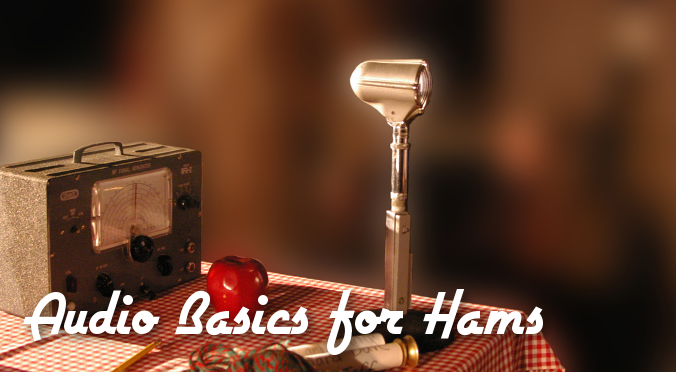



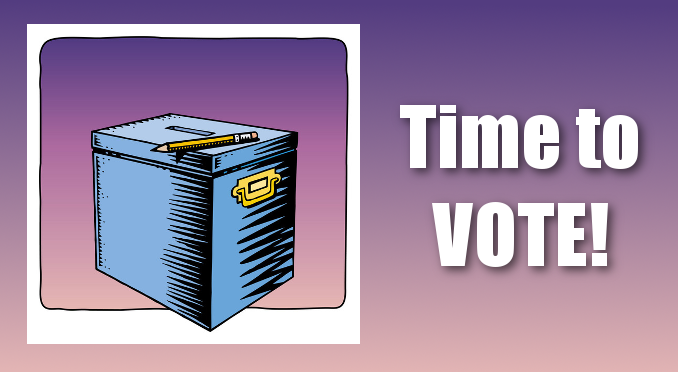
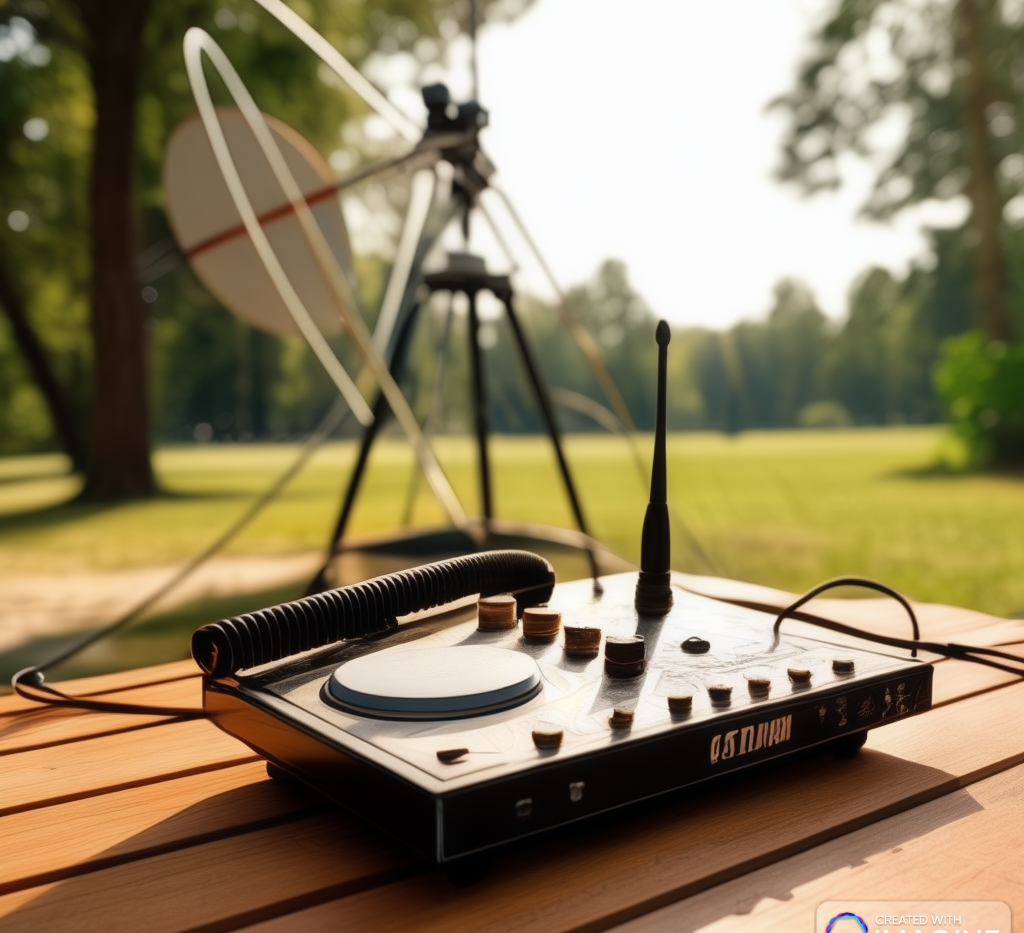
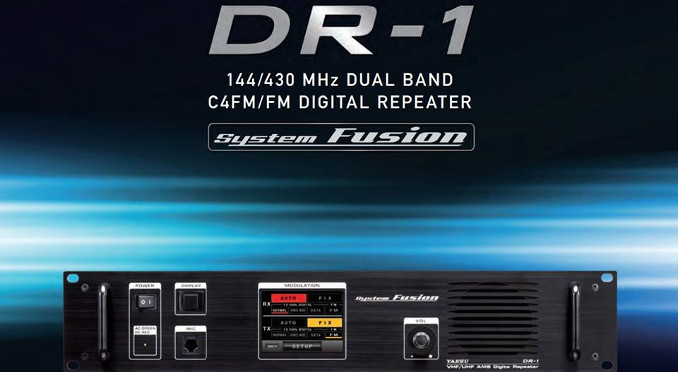

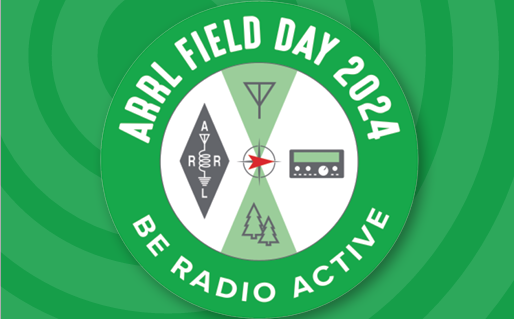

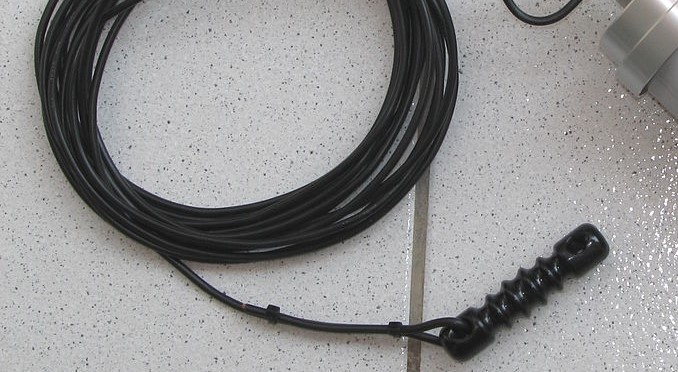

Got something to say?
You must be logged in to post a comment.